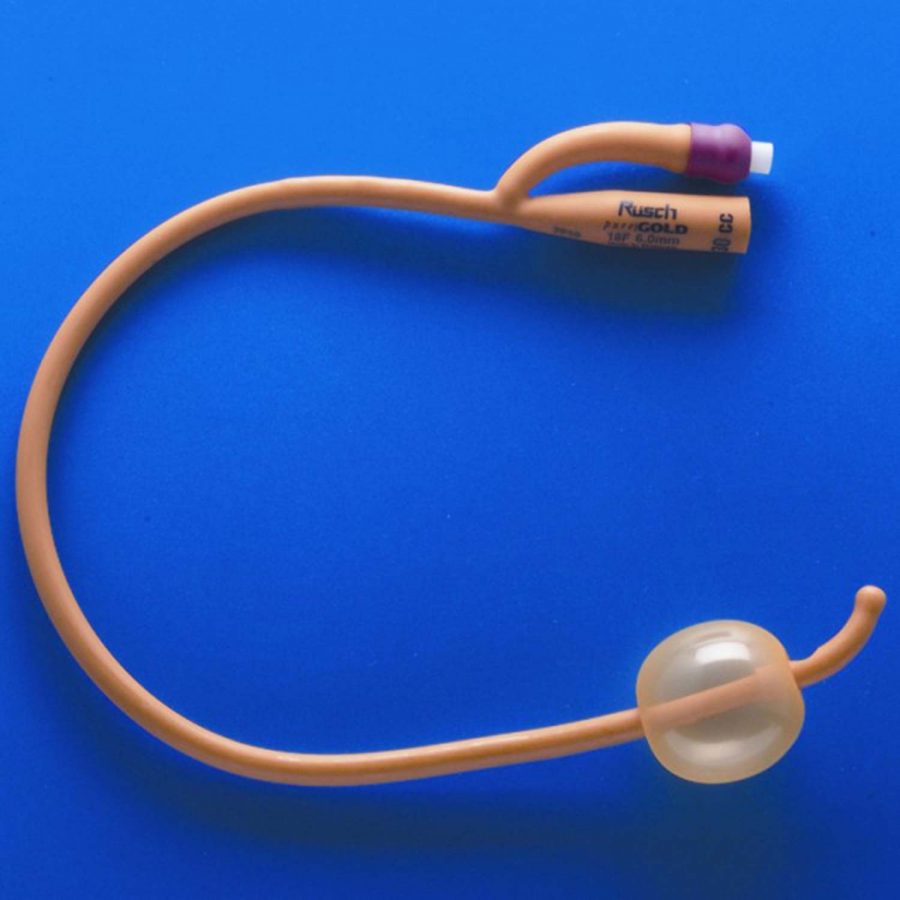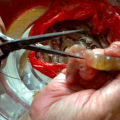Catheters are partly flexible hollow tubes that collect urine from the bladder and drain it into a disposable bag. They come in various sizes and are made of rubber, plastic (PVC) or silicone. Catheters are generally necessary when the patient can’t empty their bladder. Inability to empty the bladder can build up and put pressure in the kidneys which can eventually lead to kidney failure. Doctors may recommend a catheter to patients who are unable to control when to urinate, have urinary incontinence or urinary retention.
A catheter is necessary until the patient regains ability to urinate on their own, which is usually a short period of time. Elderly people and those with a permanent injury or severe illness may need to use urinary catheters for a longer time. Patients suffering from breathing complications on the side may find relief with an ambu bag. An ambu bag is a hand-held medical device for manual resuscitation. It is used to provide positive pressure ventilation to patients who are not breathing or not breathing adequately.
Types
There are mainly three types of catheters; they are indwelling catheters, external catheters, and short-term catheters. An indwelling catheter may also be known as a Foley catheter. This type of catheter resides in the bladder. It is inserted into the bladder through the urethra or through a tiny hole in the abdomen. An external catheter is one which is placed outside the body. It is usually for men who don’t have urinary retention problems but serious functional or mental disabilities such as dementia. Short-term catheters are used on patients who need a catheter for a short span of time following surgery and till the time the bladder empties.
Side-effects & Potential Complications
Studies say that indwelling urinary catheters are a major cause of healthcare-associated urinary tract infections (UTIs). External catheters are generally more comfortable and carry a lower risk of infection than indwelling catheters. Symptoms of catheter-induced UTI may include fever, chills, headache, cloudy urine, injury to the urethra or genital area, leaking of urine out of the catheter, blood in the urine, foul-smelling urine, low back pain and achiness. Further complications include kidney damage and septicaemia. Potential complications from using external catheter also include allergic reaction to the material used in the catheter.
Prevention Measures
Thus, even though a catheter is necessary for dealing with urinary ailments, especially in the elderly, adequate care and precaution should be taken in their use to prevent complications. Here are some things to keep in mind in order to prevent catheter-induced health complications:
- When choosing the type of catheter to be used, it is safer to opt for one-time use catheters and reusable catheters as there are lesser chances of infection with them.
- For reusable catheters, the healthcare provider should make sure to clean both the catheter and the part of the body from where it enters the urinary system with soap and water.
- The drainage bag that collects the urine should be emptied after at least every eight hours and every time the bag is full. The drainage bag should also be cleaned regularly. It is very important to clean the catheters on a routine basis. The catheter should be changed frequently.
- Patients should drink plenty of water to keep their urine clear as this will help prevent infection.
- Strict adherence to general infection control principles such as washing hands, surveillance, aseptic insertion, proper maintenance should be exercised.
- Indwelling catheters should be used only exceptionally and under close supervision. They should not be used as substitute for nursing care of the patient, to obtain urine for culture or other diagnostic tests even when the patient can voluntarily void or for prolonged postoperative duration without appropriate indications.




























No Comments
Leave a comment Cancel